Master Gardener Training Program Volunteer Activities
One of the requirements of the St. Louis Master Gardener Training Program is to perform at least 40 hours of volunteer work per year. We have until December to complete the hours but I thought it would be a good idea to get an early start (ok I admit it, I was dying to get my kayak out on the water). My first volunteer effort of the year was to participate in Operation Clean Stream at Simpson Lake in Valley Park on February 27, 2016.
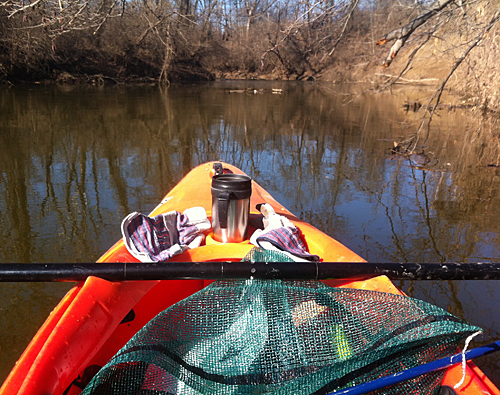
Simpson Lake was a bit trashed due to the flooding in December but we made a really good dent in it. I was rewarded with sightings of a Bald Eagle and a beaver!
On St. Patrick’s Day I went on a tour of the Litzinger Road Ecology Center in Ladue with other Master Gardener trainees and made arrangements to volunteer there on a regular basis. The center is a private teaching facility owned by a foundation and managed by Missouri Botanical Garden. It is not open to the public so I thought you might enjoy seeing some photos of our tour if you have never been there.
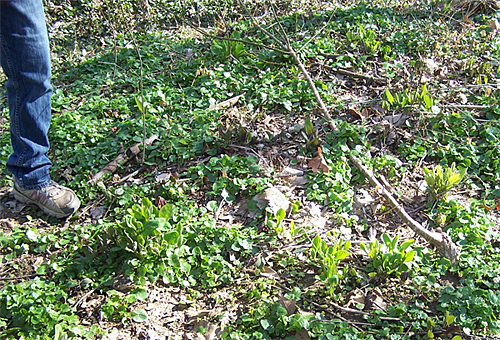
One of the major activities at the center is removing non-native plants so that native plants can flourish. This picture shows native Bluebells emerging among other plants that are slated for removal. When I start my volunteer work I have no doubt that I’ll be learning a lot more about invasive plants!
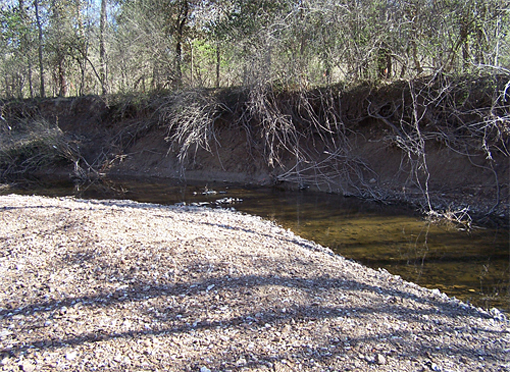
Here is a section of Deer Creek that runs through the center. At the top of the ridge there is an old railroad right-of-way that was formerly the Laclede and Creve Coeur Lake Railroad route. I knew nothing about this interesting historical tidbit until last year when I was riding my bike in the area and noticed the right-of-way and looked it up to see what it might be. As you can see from the photo, erosion is a big problem along the creek. If you own property within the watershed of Deer Creek and you would like to learn how to manage your property to reduce flooding and erosion and to improve the water quality, the Deer Creek Watershed Alliance can help you learn how to do that.
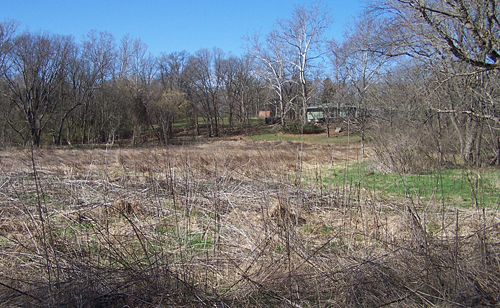
In the foreground is a prairie area and on the ridge is an exquisite Mid-Century Modern house that was formerly the home of the benefactors who donated the land for the center. It is now used as an office for the foundation.
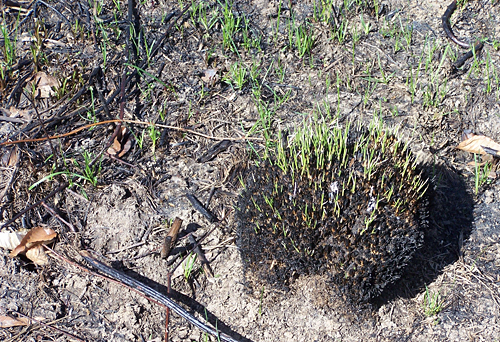
Fire is one of the tools sometimes used here for prairie management. Here is a clump of Prairie Dropseed coming back after a burn.
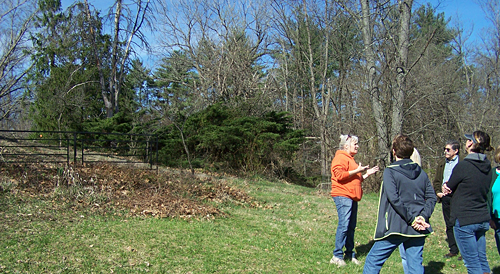
Our tour guide is pictured here explaining that a Monarch Waystation is planned for the area around the fence. The kids who come here for programs (and adults like me) should really love that when it’s done! I developed an interest in insects at a very young age and still haven’t lost it. Here and there on the grounds are “bug boards” that can be lifted up to see what’s taking shelter underneath. I loved doing that kind of thing when I was young and I still can’t resist it!
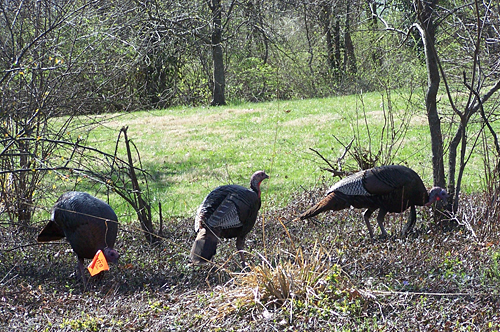
I’m also crazy about birds so seeing these gorgeous turkeys was a treat!
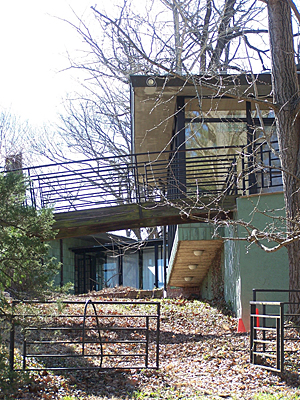
Here is a view of the circa 1964 house that shows some of the cool details.
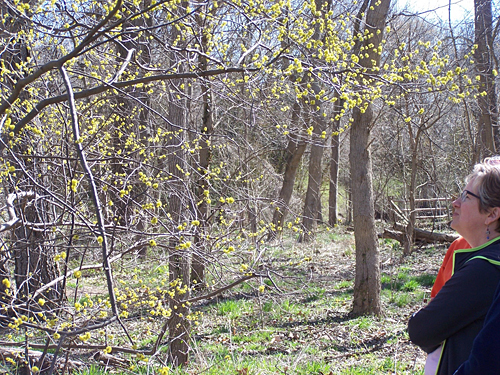
Here is a Spicebush in flower – a beautiful and desirable native plant for the St. Louis area. It’s worth considering if you are planting to help pollinators and birds because it is a host plant for the Spicebush Swallowtail butterfly.
I hope you enjoyed my virtual tour of the Litzinger Road Ecology Center! It is likely that I’ll mention some of my upcoming work here in future issues of this newsletter.
